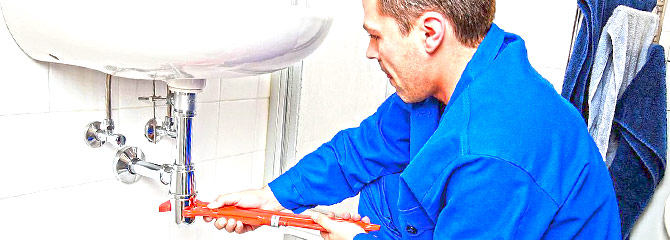These days, there are multiple different options for drain repairs. You no longer need to live with foul odors, slow drains, and unpleasant backups. Neither is it a given that your plumber will have to necessarily dig up your garden or basement to fix a tiny water leak. Whether your drain problems include leakages, clogs, burst pipes or overgrown tree roots, thanks to modern technology, there are other ways to both detect and resolve them.
Detecting Drain Problems
You can detect drain problems in a number of ways. A drain camera inspection is the most reliable way of identifying problems, and can even alert you to problems that are not yet showing any visible signs. The camera displays and records images on a CCTV monitor and you can view the location and severity without excavating the drain. Other methods include infra-red imaging and ground sonar, which are both particularly good at discovering water leaks originating from cracked and damaged drainage systems.
Methods of Resolving Them
In the past, diagnosing an inconvenient problem requiring large-scale drain repairs was the stuff of nightmares. It usually involved major excavation of either your yard or your indoor flooring and that incurred additional costs of restoring the area after the problem was solved. These new methods of drain repairs have helped bring the practice into the 21st century.
– Hydro-jetting: Every year, drains manage to accumulate a quantity of debris from the winter freeze, spring rains and fall leaves. When you add the summer heat to the recipe, bacteria begin to breed and cause mold to grow in the drains leading to wet, smelling blockages. Hydro-jetting is a great way to clean out your drains on a regular basis and reduce the incidence of backups, flooding, and unavoidable drain repairs.
– Pipe bursting and replacement: This method uses a new ‘trenchless’ method of inserting an expander head into the drainpipe and fracturing the sides of it. On expansion, the pieces are pressed into the soil surrounding the drain, which is then shored up by inserting a new pipe in its place. You only need to dig two holes to implement this: one for launching the expander head and another for receiving it. This reduces both the residual damage and the workforce required to perform the drain repairs.
– Drain lining: It’s not always possible to burst and replace the drainpipe, but in many cases, you can give it a new lease on life by lining the drain. Once the drain has been inspected to determine exactly where the problems are and hydro-jetted to clear all the debris, your plumber will insert a flexible liner saturated with resin into the drain. He then warms up the liner and pumps pressurized air into it to expand it against the sides of the drain. The heat then molds the resin to the interior drain surface, where it hardens on cooling to enable a free flow through the drain.
Whatever your reason for needing drain repairs, consult with your local plumber on the various options available before taking a decision or incurring any costs. You might find the situation is much better than you originally thought.

